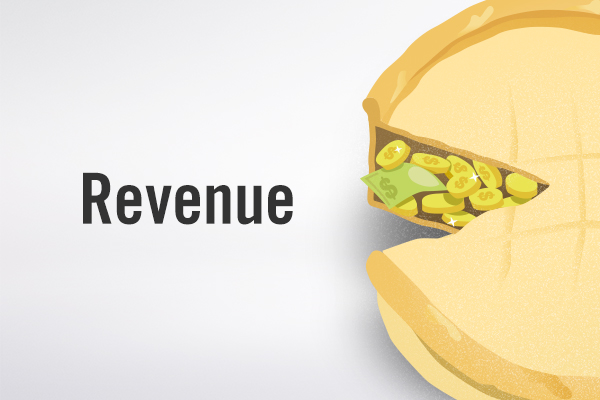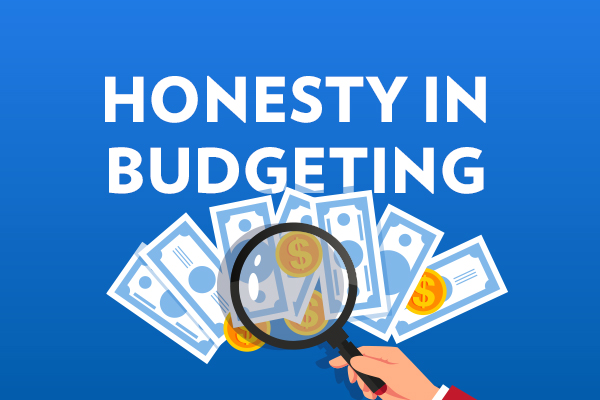This is the third installment of "Slicing the State's Finances," a multi-part overview of Pennsylvania’s fiscal affairs. Part one reviewed government spending. Part two discussed government revenue. Part three examines public borrowing. Click here to read the full report.
Key Findings
1. Pennsylvania's total public borrowings are about $143 billion, or $11,000 per resident. This includes about $12 billion of state government bonds, $37 billion of bonds payable by other public entities, unfunded pension liability of at least $67 billion, and other retirement liabilities of about $24 billion.
2. Only about half of the state’s bond borrowings were used to fund state-level public works projects. Most of the rest went to localities and private businesses.
Outstanding Bonds Grouped by Project
3. The state government uses special entities to borrow in excess of the constitutional debt limit and make loans and guarantees that would otherwise be illegal.
How Borrowing Funds Special Interests
4. The state’s single largest debt item is its unfunded pension liability, which is double the size of its bond debt. Government could shut down for nearly a year, funnel every dollar of tax collection into the pension system, and it still wouldn’t be fully funded.
5. Virus pandemic relief measures are likely to increase the debt burden.
6. To start reducing the debt, state government should institute a borrowing moratorium at all public entities except the main government and the turnpike, simplify the state’s elaborate financial structure and pursue comprehensive pension reform. Prudent asset sales and privatization should also be considered.
Introduction
Governments can and do go broke. Pennsylvania defaulted on its debts in the 1840s along with seven even other states and the territory of Florida. Arkansas defaulted on its debts in 1933. Municipal bankruptcies are common: Orange County, California, declared bankruptcy in 1994. Jefferson County, Alabama, declared bankruptcy in 2011. Harrisburg and Detroit both declared bankruptcy in the last decade. As of this writing, the coronavirus pandemic is still ongoing, and the duration of economic harm is unknown. It appears clear, however, that most states and major localities will be weakened financially in the short term. New Jersey and Illinois, for example, both had their credit ratings downgraded in April.
Pennsylvania is not in the same situation as New Jersey or Illinois, but its rating was cut in 2017 and has not improved since. It has been on a bad path for a very long time. The state constitution was amended in 1968 to try and impose financial prudence, but debt continued to grow nonetheless. The general government is subject to a debt limit, but public entities with their own revenue sources or a measure of legal separation from the government are not. To enable borrowing, policymakers spun a web of such entities. Today, there are at least 12 public bodies with outstanding debt, denoted by confusing acronyms like PIDA, PHFA, PEDFA, PHEFA, PHEAA, PENNVEST, and CFA. This web of obscure entities allows the government to do what the state constitution prohibits: fund private business and real estate.
The public debt is not properly summarized in official disclosures. The state’s Comprehensive Annual Financial Report (CAFR) contains most of the relevant totals, but they are scattered across nearly 300 pages, with minimal explanation. The Commonwealth Foundation has pulled together in this report information from the CAFR, the Governor’s Executive Budget, bond offering documents, and the financial statements of individual entities to draw a complete picture of how much Pennsylvania owes and for what purposes.
RELATED : ACCOUNTABLE GOVERNMENT, TRANSPARENCY, GOVERNMENT DEBT





